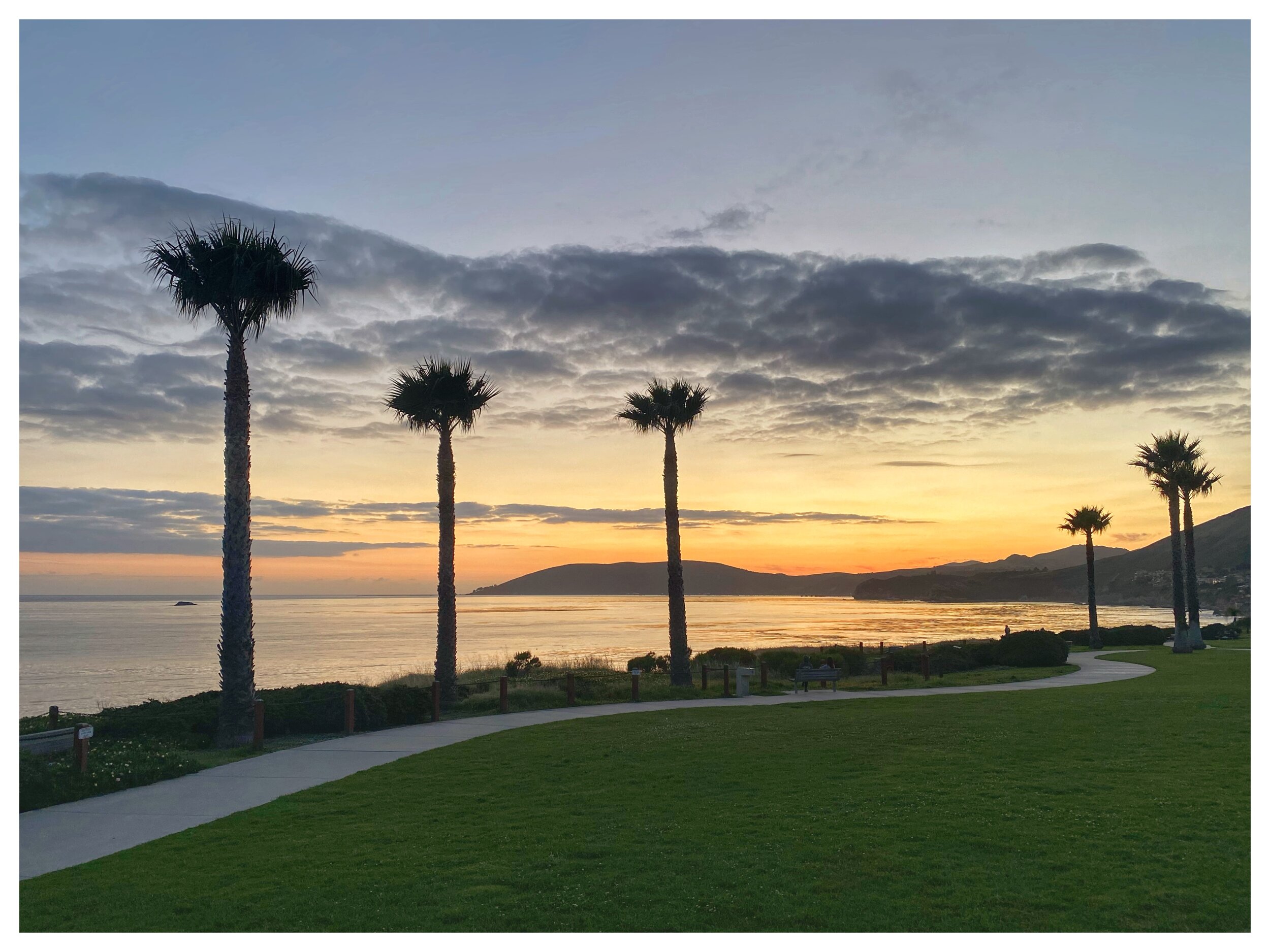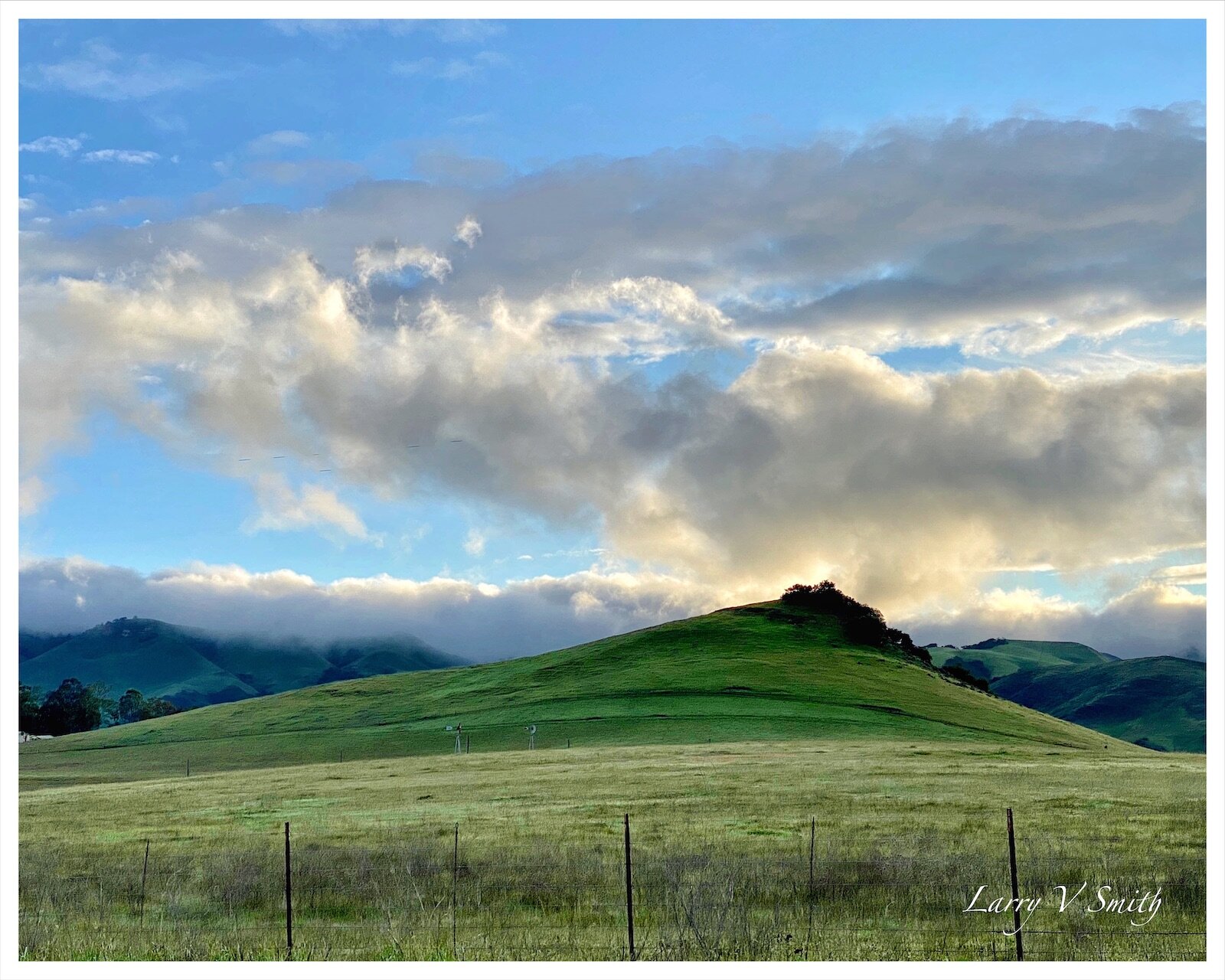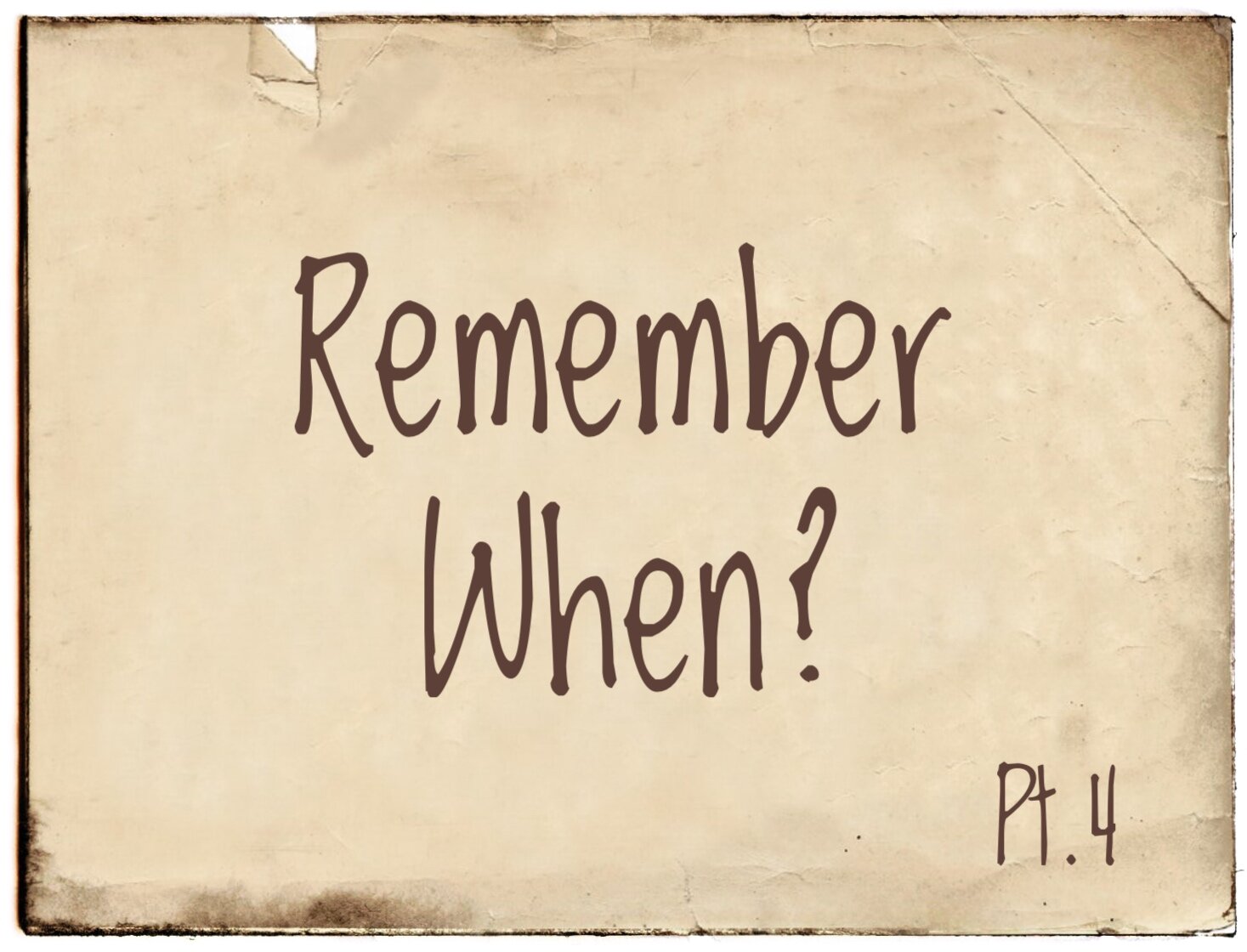Our Heavenly Father created man and woman as a pair to populate Planet Earth—new creatures with the ability and honor of procreating children in their image as they were created in God’s own image. The three were essential: God, man, and woman.
Our nation has set aside Mother’s Day to be celebrated this month. Surely, we should honor mothers everyday and abhor the abuses we often see.
This picture was taken Thursday night at Grover Beach. It exemplifies several golden qualities I see in ideal mothers: Mothers are not afraid to get their feet wet in raising their children. They often lead but are always supportive, right behind their children. They take them safely through troubled waters to safe shores. Daughters reflect the image of Mom. They often look, act, and think like her. Once a mother, always a mother. The sun may rise and set, but a mother’s love is 24/7.
She is the source of life at birth, the provider of food for growth and food for thought. A mother’s milk is symbolic of Jesus—our everything, all that we need, our Alpha and Omega. Mothers crystallize the gentle, caring, and nurturing qualities of the godhead: Father, Son, and Holy Spirit.
I love the story of Adam opening his eyes and seeing Eve for the first time. “Wow. Bone of my bone and flesh of my flesh.” They were made for each other. That wow sound has echoed in my head since I was a little boy. I have been blessed to have such positive female relationships in my life.
I count twelve mothers, or potential mothers, in my core family: two grandmothers, one mother, one mother-in-law, one wife, one daughter, two daughters-in-law, and four granddaughters. That’s a perfect dozen who have discipled me.
It pains me to think of the unequal status of women, spousal abuse by males (notice I didn’t say men), insults, put-downs, and treatment of women and girls as chattel. Stand up for the right. Stand strong. Contribute what you can in your unique way. Happy Mother’s Day.
—Larry Smith












